一、 Why 5G needs MEC?
After the first computer appeared in 1946, the information technology was rapidly upgraded and developed into 4G network and cloud computing stage, greatly changing human life. Now we are entering 5G network era, which provides high-quality services such as eMBB high bandwidth, uRLLC ultra low delay and mMTC big connection. Meanwhile, we are facing new challenges.
- The demands for digital and intelligent computing raise the terminal costs: In order to support such services as image recognition, machine decision-making and AR/VR, the demands for computing increases rapidly, and terminal cost increases as well.
- 5G terminals have high bandwidth, leading to congestion of backbone network: 5G terminal supports high bandwidth, and can transmit high traffic such as 4K/8K. During the process of converging data from the base station to the data center, the backbone transmission network becomes more and more congested, which eventually affects the end-to-end transmission quality.
- The real-time performance is not sufficient, and influences service quality: The computing ability of the cloud cannot meet the requirements for ultra-low delay service. For example, in an unmanned vehicle scenario, the response time of a car must be accurate to milliseconds. Once a delay occurs, serious consequences may occur for the safety of personal property.
- Data security and privacy: Some industrial applications have strong data confidentiality. For example, the confidential information of airport data involving aviation control should be stored and processed locally.
For above-mentioned challenges, considering about costs and performance advantages, the MEC has become a bottomland in the digital and intelligence era. MEC solution is located at the edge, which effectively reduces terminal costs, transmission bandwidth usage, service delay, and improves service data security.
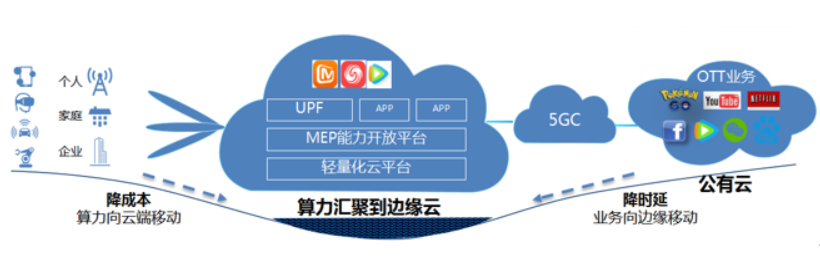
Figure 1 Convergence of Computing at the Edge
二、 MEC Accelerates 5G Service Innovation
MEC (Multi-Access Edge Computing ) is an important technology in 5G era. It provides the "communication connection + computing" capability, extends cloud computing from the center to the edge, enhances cloud computing capability, and expands the application scope of cloud computing.
MEC converges computing resources and services at network edge nodes, providing users with ultra-low delay in service perception and controllable network transmission costs, and supports new man-centered services and thing-centered Internet of Everything applications. Let's see the innovative application of MEC in 5G services.
a) V2X Application
5G network requires a delay of 20 ms for remote vehicle inspection and control of V2X in the uRLLC scenario, and a delay of 5 ms for automatic driving. Edge calculation is an enabling/disabling technology for time delay reduction in the 5G network. As shown in the figure, based on local calculation of the 5G network and MEC vehicle platform, auxiliary driving information (such as alarms) is sent to the vehicle-mounted OBU in case of emergency. Compared with existing network delay, the vehicle arrival delay can be reduced to less than 20 ms, greatly reducing the response time of vehicle owners, saving lives and reducing property loss. In addition, MEC platform can be used for route optimization analysis, driving and parking guidance, safety information push, and regional vehicle service guidance.
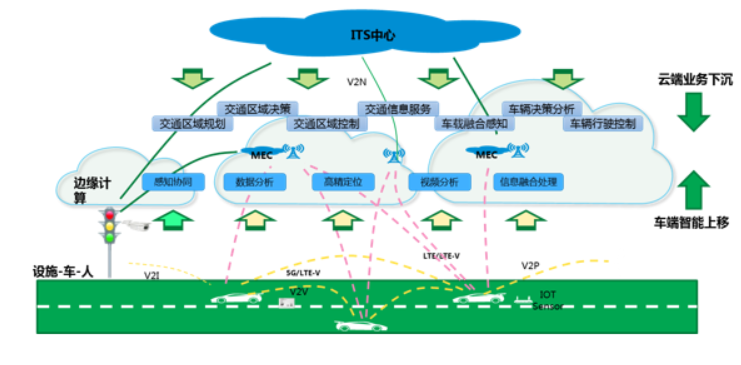
Figure 2 Implementing V2X Applications Based on MEC Platform
b) Industrial control
With the rapid development of mobile Internet, industrial parks have increasingly high requirements for wireless communication. Most factories and parks use WiFi for wireless access. However, WiFi cannot guarantee security certification, anti-interference, channel utilization, QoS, or service continuity, and cannot meet industrial requirements. As shown in the following figure, 5G network and MEC platform can be combined to implement real-time analysis and local distribution, processing of machine and device-related production data in the industrial 4.0 era, realizing production automation and improving production efficiency. Without passing the traditional core network, MEC platform can locally process and feed back collected data in real time, which means to provide industry users with MEC-based wireless dedicated networks, featuring high reliability, high security, short delay, and high bandwidth. With the continuous development of services, MEC edge computing provides industrial applications such as AGV scheduling control, industrial AR-assisted routine check and assembly, real-time control of on-site devices, remote maintenance and control, and industrial HD image processing.
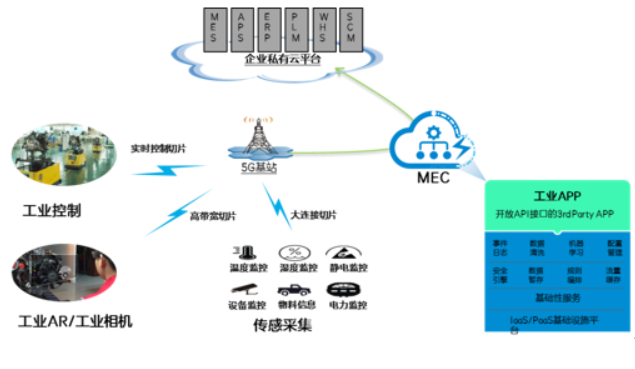
Figure 3 Industrial Control Based on MEC Platform
c) Cloud game
Cloud game rendering on the cloud greatly reduces the equipment costs for players. However, when the network communication quality is poor, players directly feel a high delay from instruction input to image update, which greatly reduces the game experience quality. With the advantages of 5G networks, such as low latency, high bandwidth, and anti-jitters, cloud games can be deployed to the edges. MEC platform provides local distribution and edge rendering acceleration capabilities for cloud games, significantly reducing latency and improving cloud game service experience.
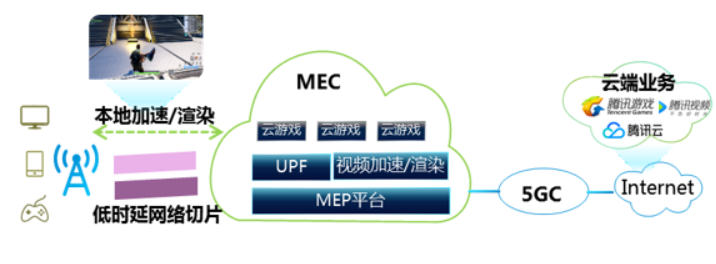
Figure 4 Implementing Enhanced Reality Based on MEC Platform
d) HD video
HD/UHD video traffic increases dramatically (3~7 times), and a bottleneck occurs on the transmission link. In addition, capacity expansion is difficult as a result of the costs. In densely-populated areas such as campus, metro, high-speed railway stations, airports, and high-density residential buildings, CDNs are deployed on network edges to achieve distributed deployment of contents, reducing the pressure on backhaul networks and improving user experience.
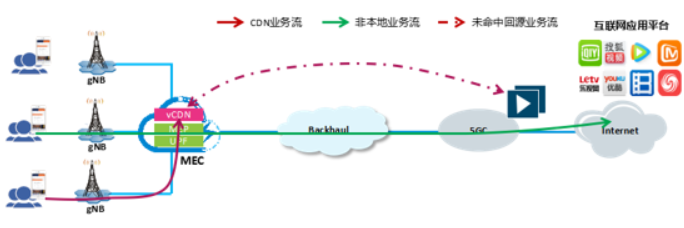
Figure 5 MEC-Based CDN Deployment
三、 ZTE MEC Solution Focuses on 1+4 Scenarios
It can be seen from the above-mentioned applications that MEC can effectively reduce terminal costs, transmission bandwidth usage, service delay and improve service data security. MEC can release values only after finding an appropriate application scenario. From the beginning, ZTE pays attention to the implementation of edge services in the industry application field. At present, the "1+4" scenario mode has been explored.
- "1" refers to the operator wireless services: basic wireless applications including high-precision indoor positioning, wireless network information service capability, wireless intelligent network optimization, O-RAN application and video TCP acceleration service.
- "4" refers to four industrial application fields, including big video, smart manufacturing, smart grid, and Internet of Vehicles.
ZTE is always committed to providing assistance for operators in digital transformation, helping them build intelligent networks, and providing more personalized services for different types of consumers at the network edge. Currently, ZTE has worked closely with three major domestic operators to carry out various pilot projects such as smart business, smart campus, smart factory, VR/AR and automatic driving, and has accumulated rich experience in networking deployment and implementation.
Although the business model of MEC is still in the process of exploration, with the joint efforts of the industry chain, not only a large number of "cost-saving" edge applications will emerge in the future, but also massive "open source" services will be born, achieving a win-win situation for equipment manufacturers, operators, and service providers.
ZTE supports AI with full-stack IT offering
5GC Green Engine Solution to Enable Green Internet of Everything in the Dual-Carbon Era
5GC Private Network 2.0 Empowerment and Efficiency Improvement Boosts High-Quality Development of the Industry
5G Empowers Intelligent Mining for High-quality Development of Shaanxi Coal Caojiatan Mining
ZTE and China Mobile embrace digitalization for biodiversity conservation in Panda Reserve
Three Aspects Contribute to ZTE’s Remarkable Breakthroughs in Advanced G4X Server
How 5G Private Networks Are Poised to Transform Enterprises Worldwide: All Scenario Private 5G Helps Operators to Realize Private 5G as a Service
ZTE’s commitment to servers generates robust growth of up to 60 times in past 8 years
ZTE eyes top 5 global server market share
Full-Scenario One-Stop 5G Private Network for Vertical Industries

